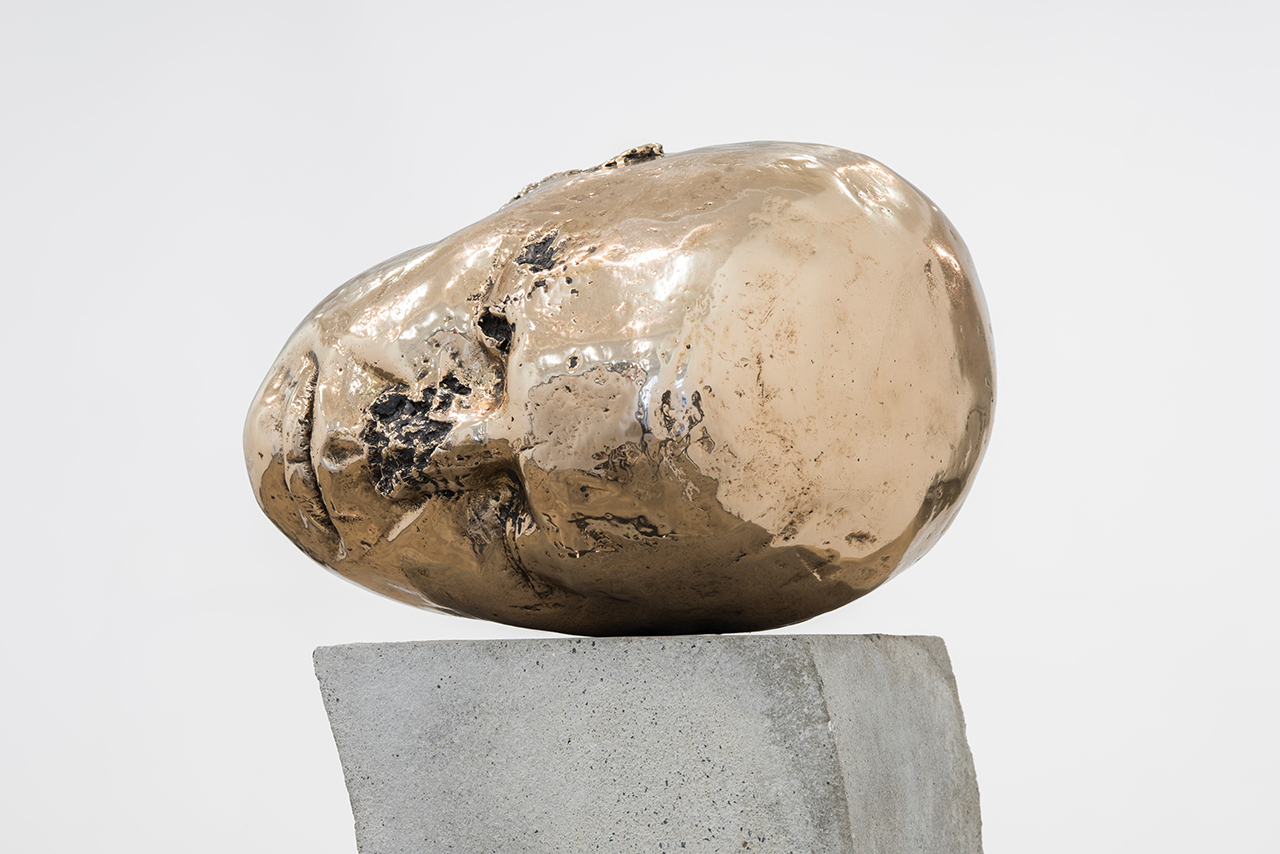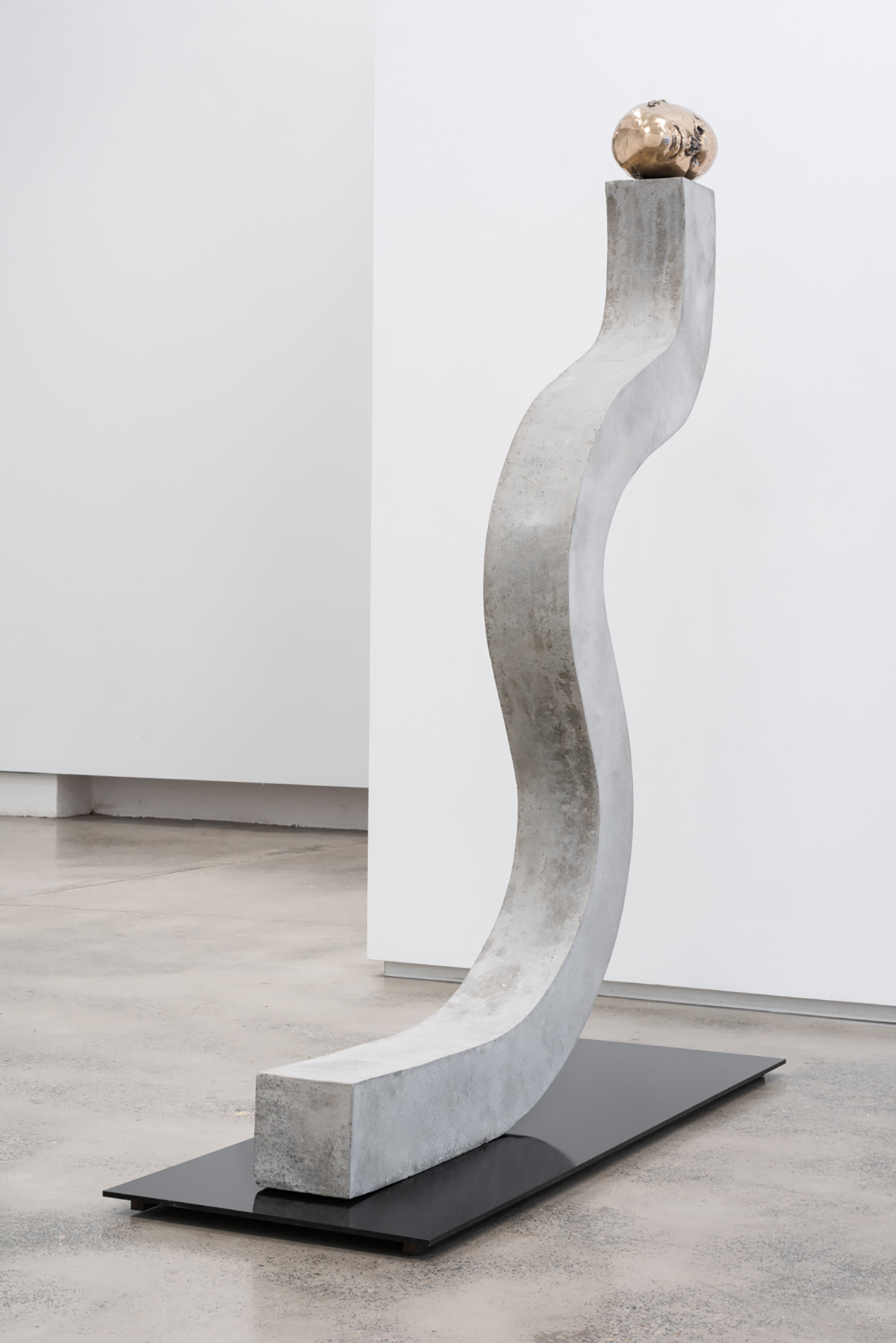News feed

To be naked is to be oneself, the critic John Berger once argued, but to be nude is to be presented without clothing for the purpose of being viewed as an object.
In the context of art history, that viewer has been, almost exclusively, male. The artist Sanné Mestrom draws on her fascination with the work of movements past to redress the history and legacy of the female form and reclaim representations of the female body from the exhaustive, all-encompassing male gaze.
“In a lot of my practice I reference historical works of art. I quote Modernism and generally work with female nudes,” Mestrom tells GRAZIA. “Particularly with Modernism because it was such a masculine time. The autonomous Modernist artist [made] the female an unwitting subject and the male gaze is always interpreting that [subject according] to his own will. A lot of my work deconstructs and plays with those ideas [before] I reconstruct it using my own quite irreverent methodology.”
Speaking from her home studio in Frankston, Victoria, Mestrom says that she often references the art historical practice of painting in her sculpture to interrogate the relationship between two and three dimensional forms, dismantling traditional subject matters in the process. While working on Corrections, a solo show that exhibited at Sydney gallery Sullivan+Strumpf last month, Mestrom found out that she was pregnant, which meant that a baby boy would soon join her, her partner and their 11-month-old chocolate Labrador, Charlie (named for the German-American poet, Charles Bukowski) in the near future. The discovery meant that, unconsciously, her practice became increasingly personal as her gaze slowly turned inward and her awareness of her physical being heightened. As a result, the artist says that self-portraiture – which has always played a significant role in reclaiming a gaze historically accorded to male viewers – became a central component of Corrections.
Working with bronze, concrete, steel and ceramics, Mestrom cast the forms of her own body in a central role, creating a body of work that “refers to the imperfections with our physical and metaphysical selves that we try to alter and shape and shave off to change ourselves.” That meant abstract concrete plinths redolent of the work of Romanian sculpture Constantin Brancusi squaring off with witty, almost absurd, cast bronze interventions usually in the shape of organic matter: bananas, oranges, raspberries, ginger and hazelnuts. Concrete and bronze casts of the artist’s legs in various configurations also occupied the space, as did two notable busts rendered in a likeliness of the artist’s face. While creating one work, Untitled (Self Portrait, Sleeping Muse), a four kilogram bronze sculpture of the artist’s head, Mestrom says she was originally aiming for a verisimilar self-portrait of her face at rest, but was soon given pause to reevaluate the direction of the piece when an unexpected intervention presented itself.

“The work was in the foam stage [one of the traditional methods is to create a foam prototype, from which a wax sculpture is made before a silicon fibreglass replica is cast in bronze]. [Charlie the Labrador] jumped up on the table at some point in the studio and had taken it off, chewed it to bits and kicked it around the backyard,” Mestrom recalls. “I was pretty exasperated at the time, but when I actually picked it up he chewed off all the extremities of the form, [including] the nose and ears, and it ended up resembling a smoothed out egg, which is a lot like Brancusi’s work Sleeping Muse. It was really quite poignant, that the unwelcome intervention had created something that to me was much more significant or poetic.”
Open to the possibilities presented to her by yielding to material and process, Mestrom, who trained as a painter and lectures in sculpture and drawing at RMIT, embraced the serendipitous merger of art and life. “I think as [an artist] it’s my job to be attuned to life in such a way that we notice the significance of these things rather than being frustrated and seeing it as a negative thing. With time and experience, you learn when to go with the flow of something and when to resist. It was a really perfect example of that methodology of going with the flow, the materials and the process.”
The work was recently named as the recipient of the $20,000 acquisitive main prize of the 2017 Woollahra Small Sculpture Prize, considered Australia’s pre-eminent national award for small sculpture and for which 675 entrants were submitted this year. One of 47 finalists, Mestrom’s work was selected as an exemplar in its field by a judging panel comprised of curator, writer, artist, activist and first Indigenous judge for the Prize, Djon Mundine; Executive Director of Artspace, and the curator of Encounters at Art Basel Hong Kong, Alexie Glass-Kantor; and the gallerist and benefactor, Roslyn Oxley.
“Sanné is a tremendous young early career artist producing extraordinary work with a great level of ambition,” Glass-Kantor remarked of Mestrom’s work, which the curator included as part of this year’s Art Basel Hong Kong’s Encounters program, for which Mestrom created enormous, curvilinear resin sculptures modelled after the abstract figures in Paul Cézanne’s painting The Bathers. “This sculpture is really resolved in terms of its conceptual structure but also its technical realization,” continues Glass-Kantor, “We love that balance in her work that she really has a strong sense of art history and its precursors when she thinks about contemporary sculpture now.”
That Mestrom always has one eye on the past is evident as much in her practice as in her life outside the studio. Of potential names for the imminent new addition to the family, she remarks that Dante is one name in the mix – a nod toward Dante Alighieri, the Italian poet of the late Middle Ages and Divine Comedy fame. I contend that while those are some fairly large shoes to fill, it already appears as though Charlie is well on his way to inheriting the mantle provided by his namesake artist.
“To me, it’s gorgeous that Charlie was the one that affected the piece,” says Mestrom, “but it was more [about] being sensitive and open to the impacts that life has in a broader sense, and having a heightened awareness of the way that life shapes us. So in this sense, it happens to be Charlie, but the work is not about Charlie. It just happens to be that he was the critter that impacted this particular piece.”
You can view Mestrom’s work as part of the Woollahra Small Sculpture Prize, which is exhibiting now until 5 November 2017 at Woollahra Council in Sydney. Entry is free. More information is available here.
Tile and cover image: Courtesy of the artist/Sullivan+Strumpf










